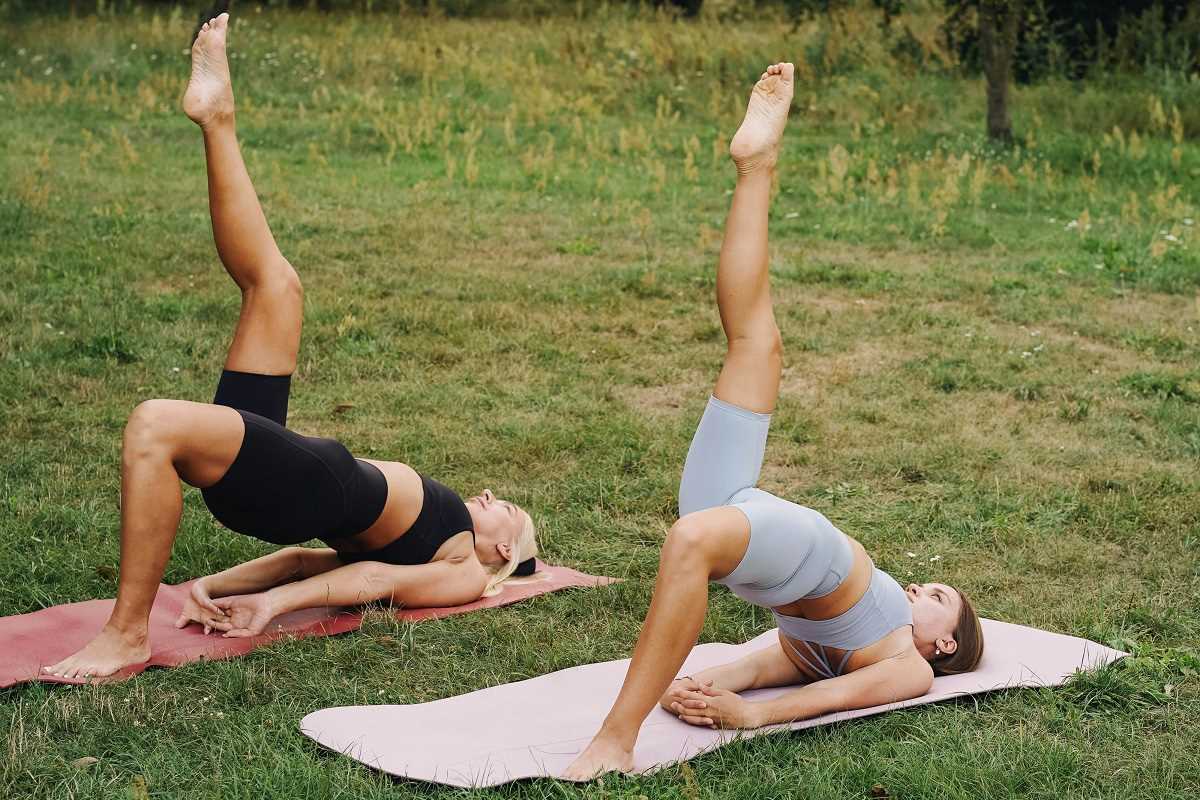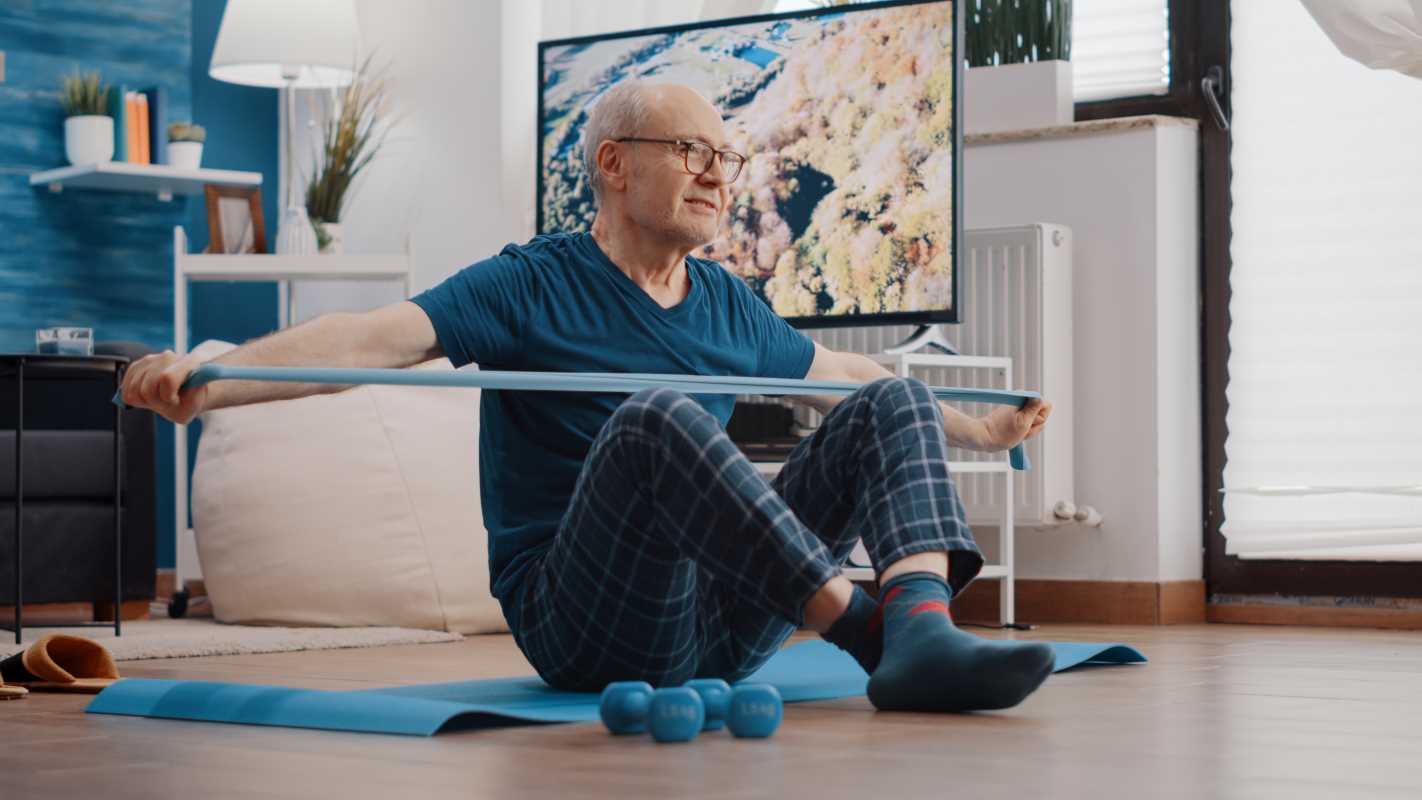In a world of ubiquitous stress and distractions, mindfulness practices like yoga and meditation offer a refuge. These ancient practices have evolved into modern tools for improving mental and physical health. Yoga combines movement, breath control, and meditation, fostering a deep connection between the mind and body. As a standalone practice, meditation centers on cultivating awareness and emotional well-being. Together, they create a holistic approach to wellness, enabling individuals to lead more balanced and peaceful lives. Let’s delve deeper into the transformative power of yoga and meditation.
The Foundations of Yoga: Beyond the Mat
Yoga is a holistic practice that transcends physical exercise, offering a profound connection between mind, body, and breath. With roots in ancient India, yoga originated as a spiritual discipline to achieve enlightenment. Over centuries, its physical, mental, and emotional benefits have gained global recognition, making yoga a cornerstone of well-being for millions.
Physical Benefits of Yoga: Building Strength and Resilience
Yoga’s physical benefits go beyond flexibility. It incorporates elements of strength, balance, and posture that promote long-term health and vitality.
Improved Flexibility
- Range of Motion: Yoga poses, such as forward folds and lunges, gently stretch the muscles, enhancing flexibility and reducing stiffness over time.
- Injury Prevention: Increased flexibility strengthens connective tissues, preventing strains during other physical activities.
- Daily Mobility: Improved flexibility supports daily movements, from bending to lifting, making everyday tasks easier.
Muscle Strength
- Balanced Strength: Unlike traditional weightlifting, yoga builds functional strength by engaging multiple muscle groups simultaneously.
- Pose Power: Poses like Downward Dog and Warrior II strengthen the arms, legs, and core while promoting alignment.
- Low-Impact Benefits: Yoga offers a safer, low-impact alternative to high-intensity workouts, making it accessible for all fitness levels.
Postural Alignment
- Spinal Health: Sitting for prolonged periods can lead to poor posture and chronic back pain. Yoga counteracts these effects by elongating the spine and improving alignment.
- Pain Relief: Regular practice alleviates neck and shoulder tension caused by slouching, reducing headaches and other discomforts.
- Core Stability: Strengthening the core through poses like Plank supports better posture and reduces strain on the back.
Mental and Emotional Benefits: Cultivating Inner Peace
Yoga’s focus on breath and mindfulness fosters a calm, centered mind, making it a powerful tool for managing stress and enhancing emotional well-being.
Stress Reduction
- Lower Cortisol Levels: Research shows that yoga reduces cortisol, the body’s primary stress hormone, easing physical and mental tension.
- Relaxation Techniques: Practices like Savasana (Corpse Pose) and deep breathing activate the parasympathetic nervous system, promoting relaxation.
- Time for Yourself: Yoga's intentional pauses create a space for self-care, offering a respite from daily pressures.
Anxiety Management
- Breath Work: Controlled breathing, such as in Pranayama exercises, helps calm the nervous system and quiets racing thoughts.
- Focus and Presence: The emphasis on staying present during poses reduces worry and cultivates mindfulness, making yoga an effective practice for anxiety relief.
- Grounding Techniques: Poses like Child’s Pose and Tree Pose help anchor practitioners, providing stability and reassurance.
Enhanced Mood
- Serotonin Boost: Studies indicate that yoga increases serotonin levels, which play a key role in regulating mood and happiness.
- Endorphin Release: Yoga's physical activity stimulates endorphins, the body's natural "feel-good" chemicals, contributing to a sense of well-being.
- Emotional Resilience: Yoga teaches acceptance and self-compassion, equipping practitioners to navigate challenges gracefully.
A Case for Restorative Yoga: Deep Relaxation in Practice
One example of yoga’s stress-relieving power is Restorative Yoga, a gentle practice designed to calm the mind and body.
- Extended Poses: Poses like Reclining Bound Angle Pose are held for several minutes, supported by props like bolsters and blankets to encourage deep relaxation.
- Healing Focus: This practice soothes the nervous system, lowers heart rate, and fosters a meditative state.
- Accessibility: Restorative yoga is suitable for beginners and experienced yogis alike and is especially effective for those recovering from physical or emotional strain.
By incorporating yoga into daily life, practitioners can enjoy a transformative journey that nurtures physical health, calms the mind, and fosters emotional resilience. Whether through dynamic flows or restorative stillness, yoga offers a versatile path to holistic well-being.
The Science of Meditation: Cultivating Inner Calm
Meditation is training the mind to achieve clarity and emotional balance. It has been practiced for centuries in various cultures and is now supported by modern science as a powerful tool for mental health.
How Meditation Works
Meditation involves focusing on an object, sound or thought while letting go of distractions. This practice engages the parasympathetic nervous system, which promotes relaxation.
Proven Benefits of Meditation
- Reduced Anxiety: Meditation decreases activity in the amygdala, the brain’s fear center.
- Improved Focus: Regular meditation strengthens the prefrontal cortex, enhancing attention and decision-making.
- Emotional Regulation: Meditation helps manage emotions more effectively by increasing gray matter in brain regions associated with empathy.
Example: Mindfulness meditation, which involves observing thoughts without judgment, is widely practiced for its accessibility and effectiveness.
Combining Yoga and Meditation: Unlocking Mindfulness
When practiced together, yoga and meditation create a synergy that enhances mindfulness—the state of being fully present. This combination encourages self-awareness and fosters a deeper connection with the present moment.
What is Mindfulness?
Mindfulness is the practice of paying attention to the present moment without judgment. It allows individuals to:
- Respond rather than react to stress.
- Cultivate gratitude and compassion.
- Improve focus and clarity.
Practical Application: Incorporating five minutes of meditation into a yoga session can help solidify mindfulness, transitioning smoothly from physical movement to mental stillness.
Physical Health Benefits: Strengthening the Body
Both yoga and meditation contribute significantly to physical health. Let’s explore the specific benefits each practice offers:
Yoga’s Impact on Physical Health
- Cardiovascular Health: Certain yoga styles, like Vinyasa or Power Yoga, improve heart health by increasing heart rate and circulation.
- Lung Capacity: Pranayama (yogic breathing exercises) enhances respiratory efficiency.
- Pain Management: Yoga is commonly prescribed for arthritis and lower back pain.
Meditation’s Role in Physical Wellness
- Lower Blood Pressure: Meditation’s calming effects can reduce hypertension.
- Inflammation Reduction: Studies suggest mindfulness meditation lowers markers of inflammation, improving overall immunity.
- Improved Sleep Quality: Meditation promotes relaxation, helping individuals sleep faster and experience deeper rest.
Emotional and Mental Well-Being: A Holistic Approach
Yoga and meditation are transformative tools for managing emotions and improving mental health.
The Mind-Body Connection in Yoga
Yoga fosters emotional intelligence by teaching practitioners to:
- Recognize and process emotions.
- Develop healthy coping mechanisms for stress and anxiety.
- Build resilience through consistent practice.
Meditation’s Emotional Benefits
- Inner Peace: Meditation helps quiet the mind, reducing overwhelm and creating space for positive emotions.
- Resilience: Regular practice strengthens the ability to cope with life’s challenges.
- Enhanced Empathy: Compassion-focused meditation nurtures emotional connections with others.
Integrating Mindfulness into Daily Life
Incorporating yoga and meditation into daily routines doesn’t have to be time-consuming. Here are practical strategies:
Creating a Routine
- Morning Yoga: Start the day with a short sequence to awaken the body and mind.
- Mindful Moments: Pause for a brief meditation during lunch breaks to reset focus.
- Evening Wind-Down: Use yoga stretches and deep breathing to relax before bed.
Overcoming Barriers
- Time Constraints: Even 5-10 minutes can make a difference.
- Lack of Motivation: Join online classes or find a practice buddy for accountability.
- Physical Limitations: Chair yoga and guided meditations offer accessible options for all abilities.
Trends and Innovations in Mindfulness Practices
As mindfulness continues to gain traction, new trends are emerging:
Virtual Yoga and Meditation
Apps like Headspace and Yoga with Adriene provide accessible tools for beginners and seasoned practitioners.
Workplace Wellness Programs
Many companies now offer mindfulness sessions to improve employee productivity and reduce burnout.
Scientific Research
Ongoing studies explore the effects of yoga and meditation on chronic illnesses, mental health, and even workplace performance.
Embracing the Power of Mindfulness
The combined yoga and meditation practice offers a holistic approach to wellness, addressing physical, mental, and emotional health. Whether you seek stress relief, improved focus, or a deeper sense of inner peace, these practices can transform your life. Begin your mindfulness journey today and experience the profound benefits of living fully in the present moment.
 (Image via
(Image via





